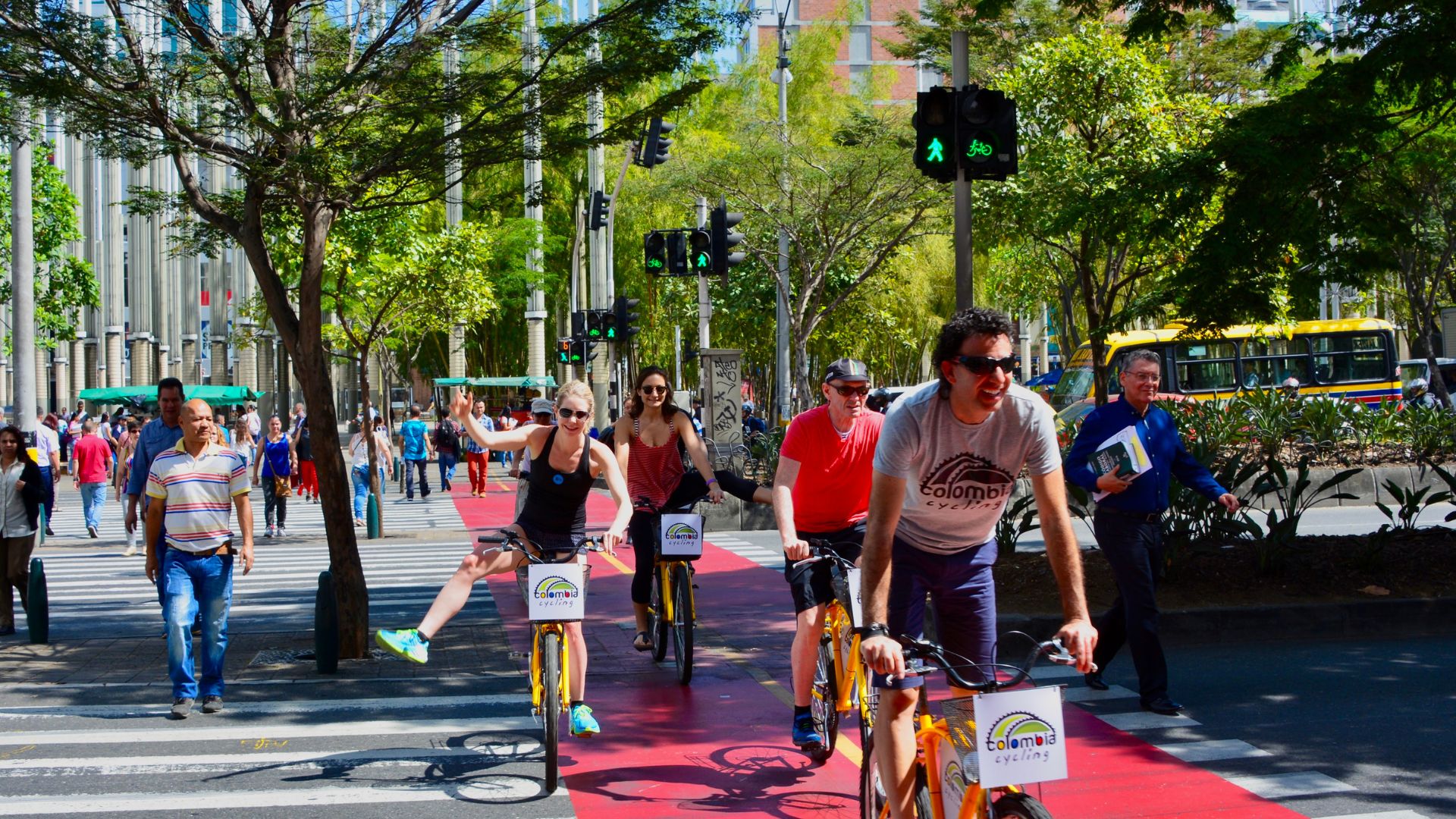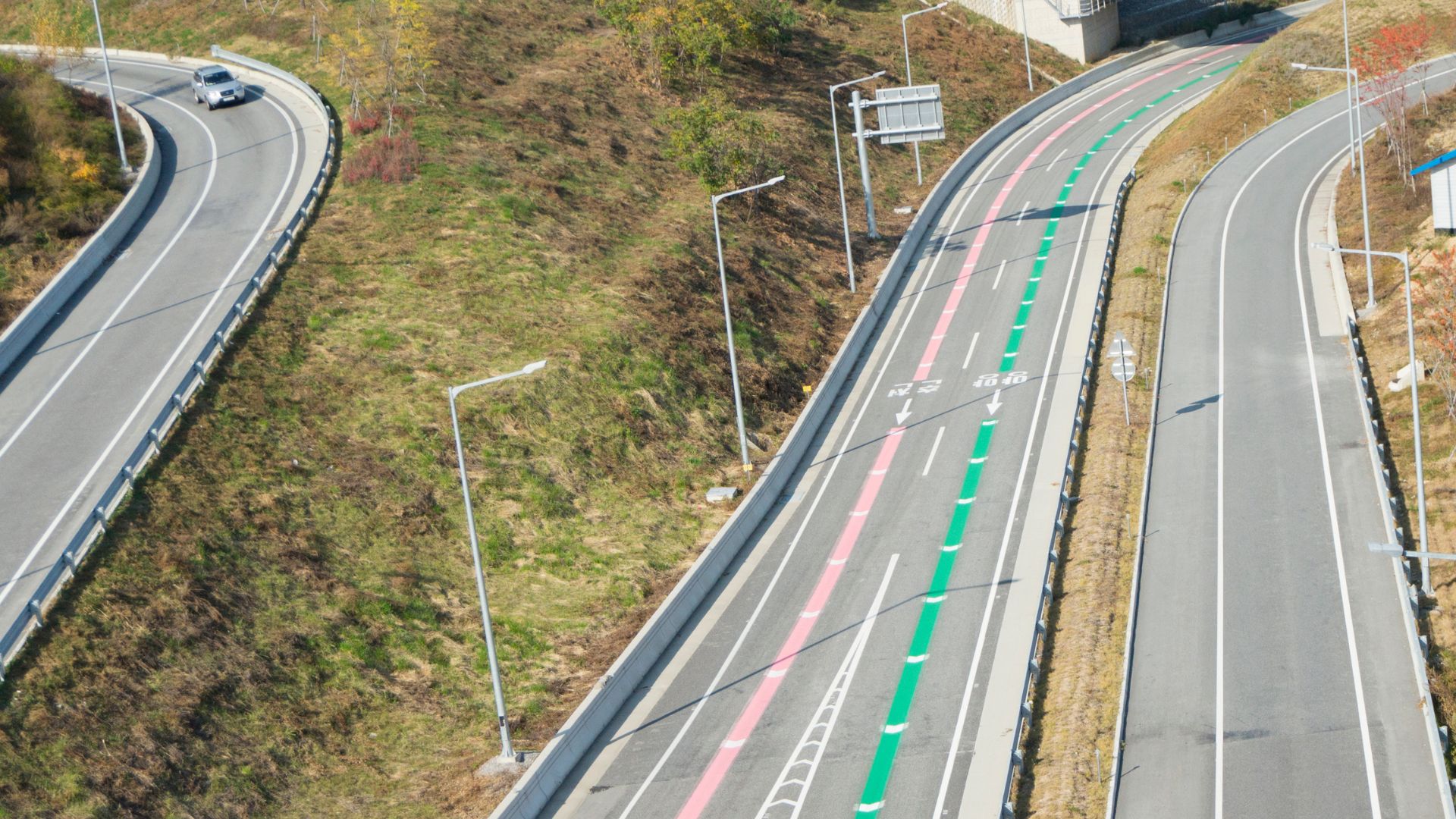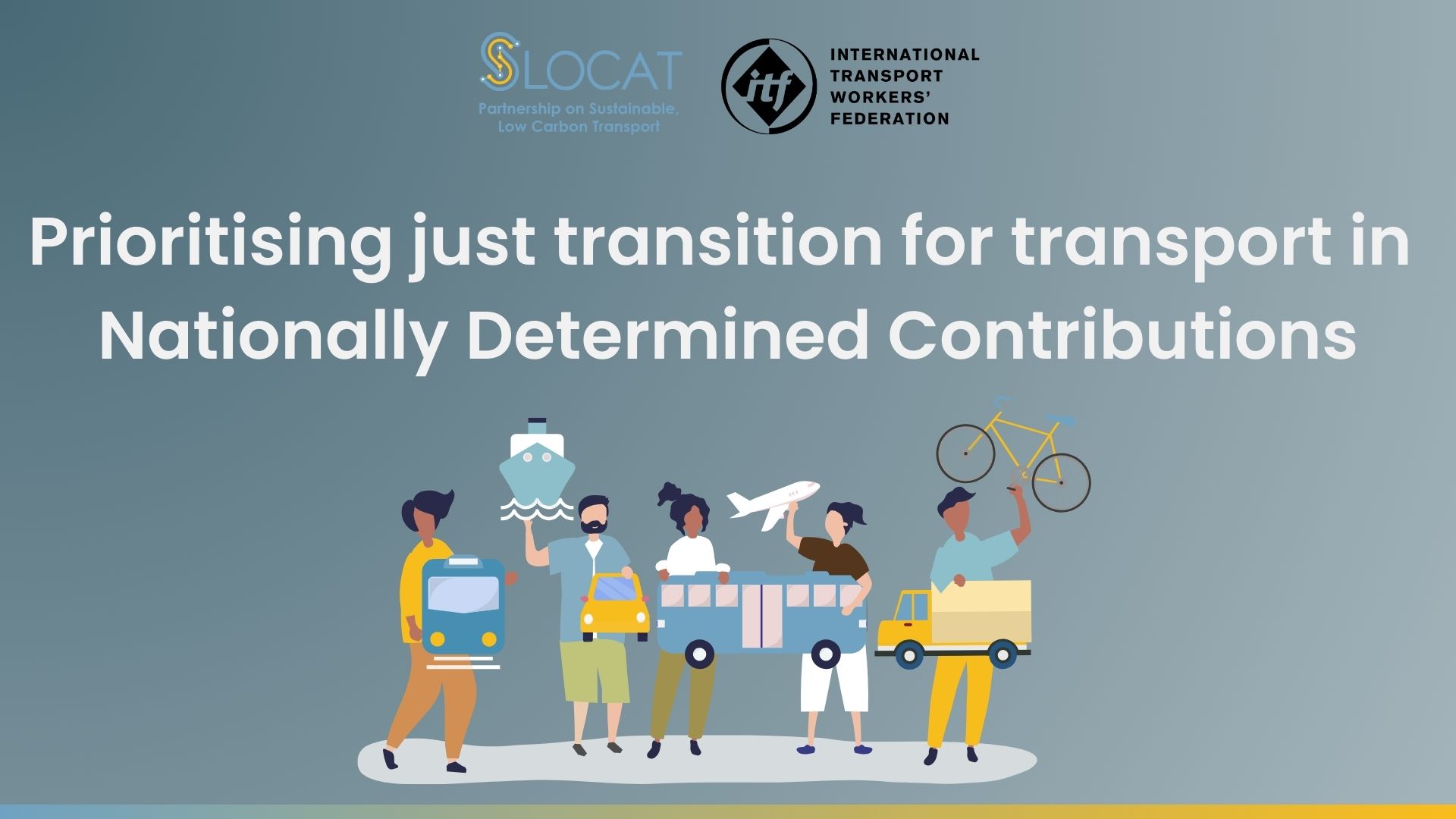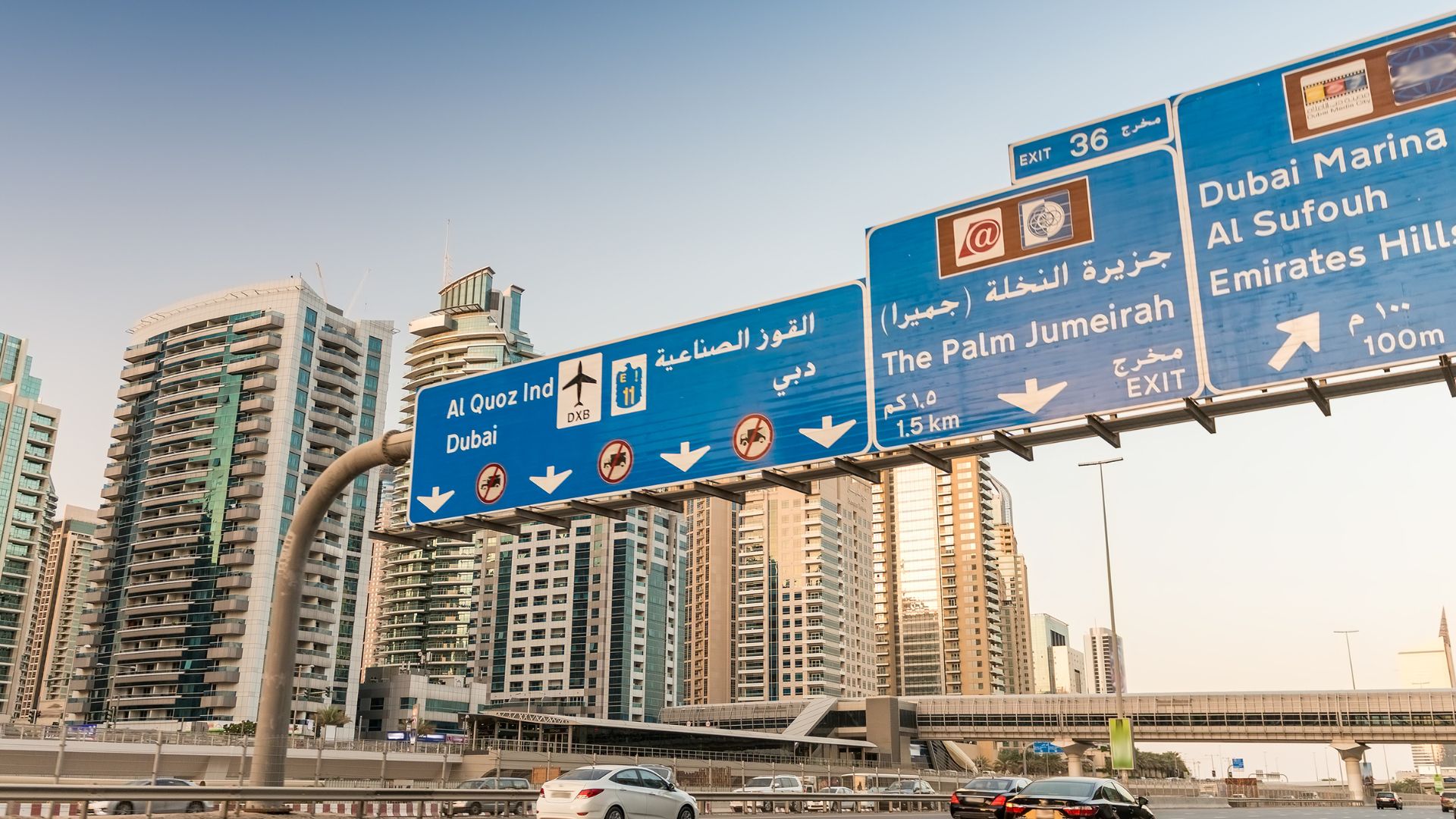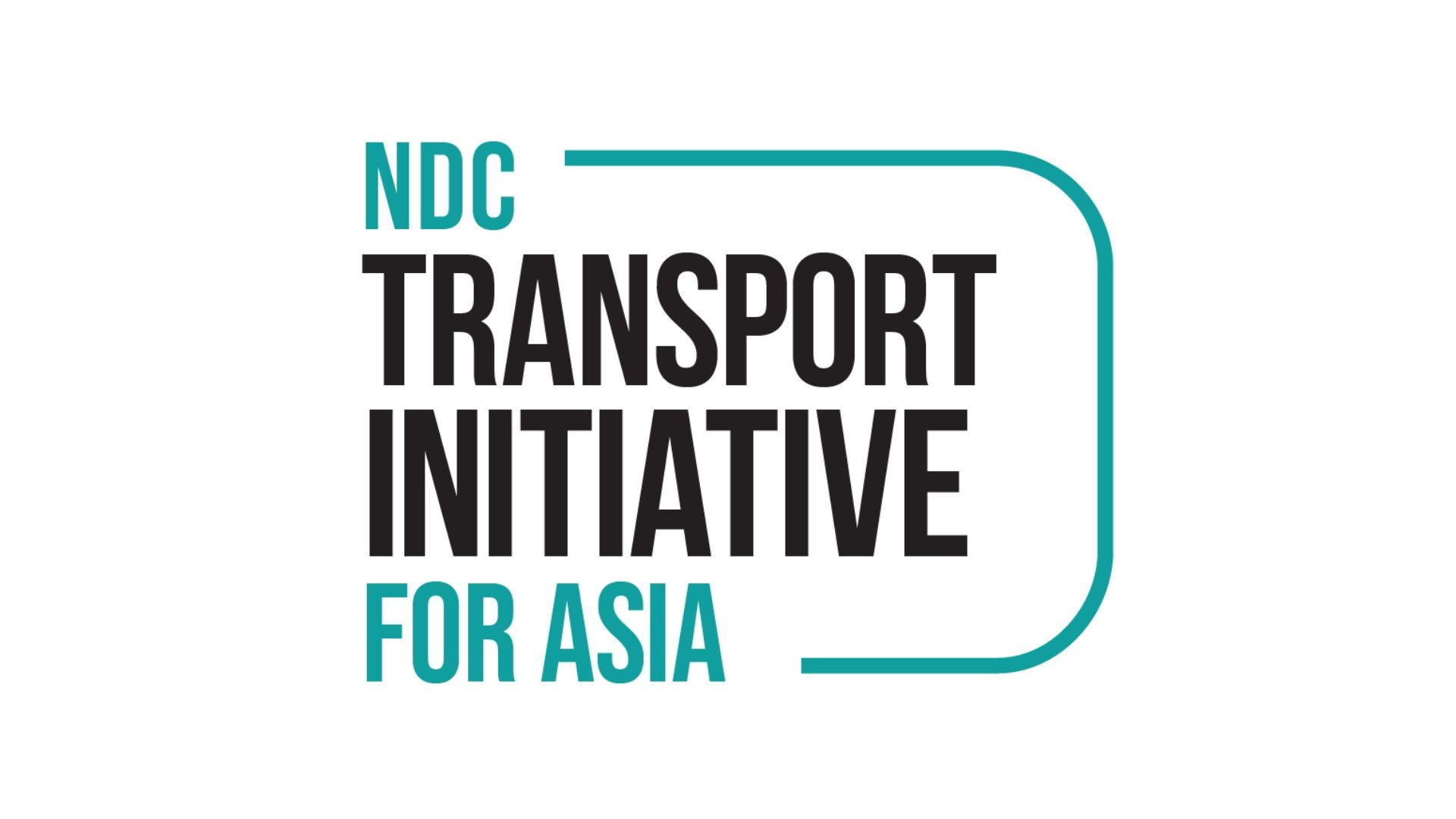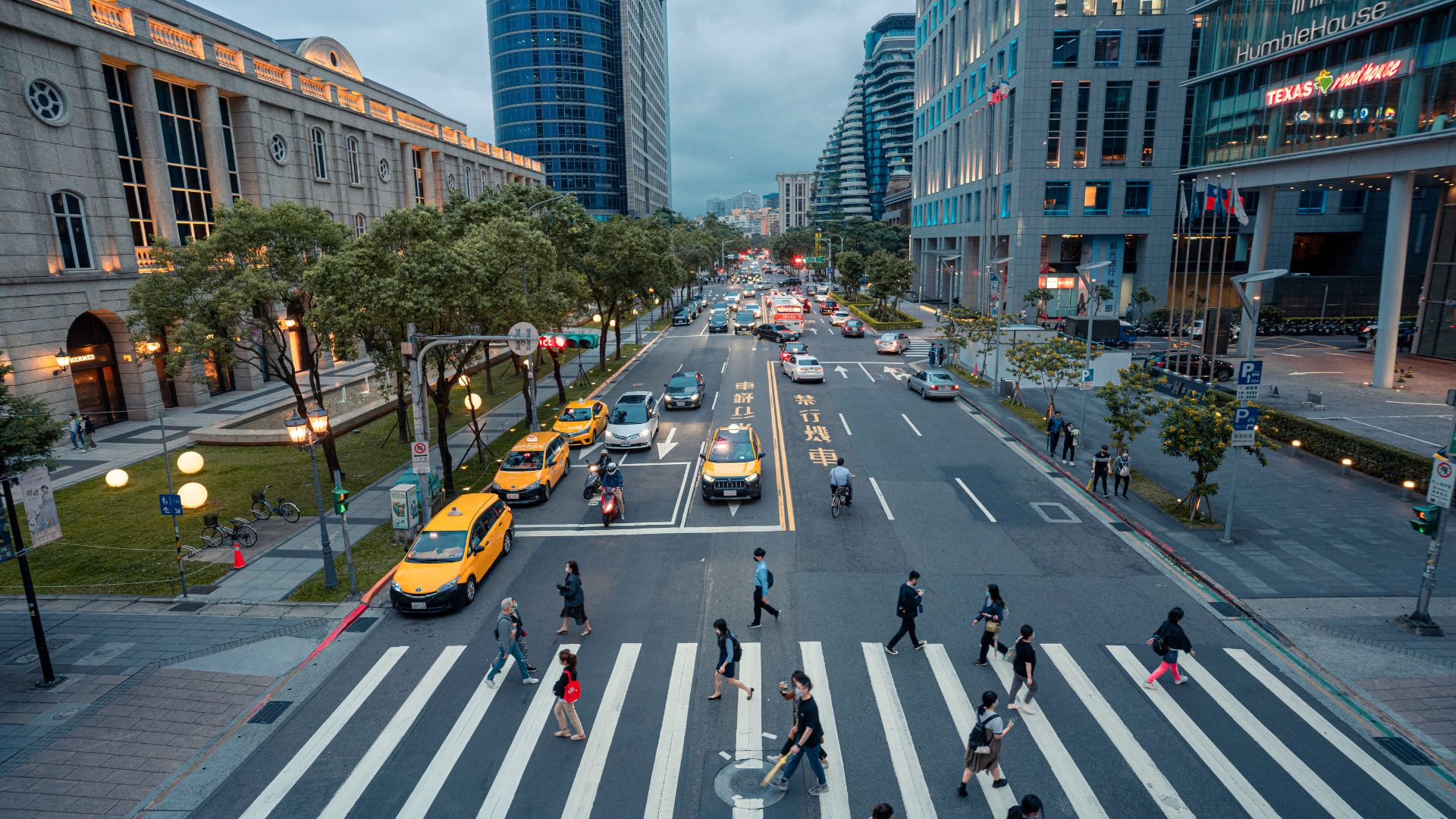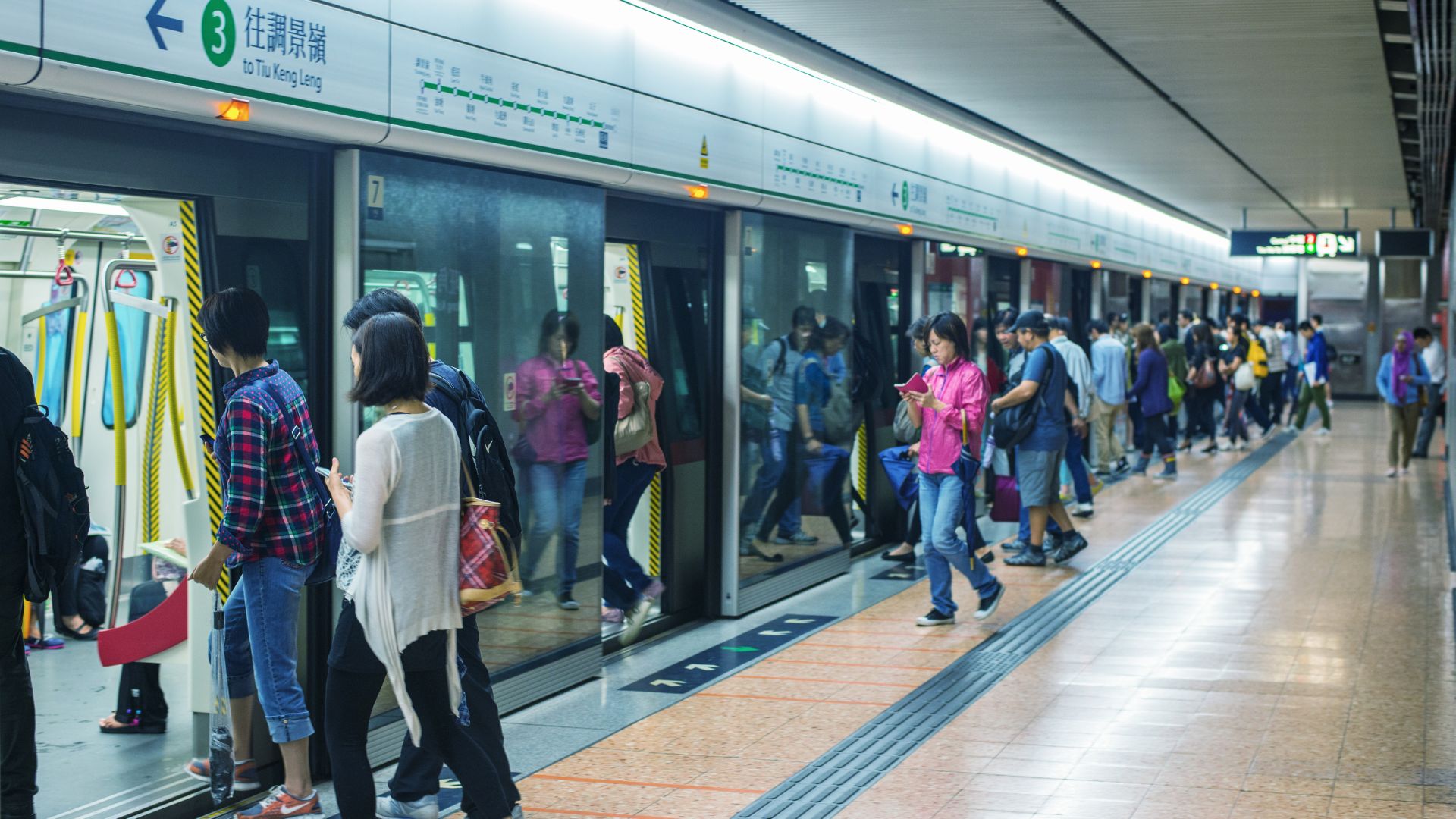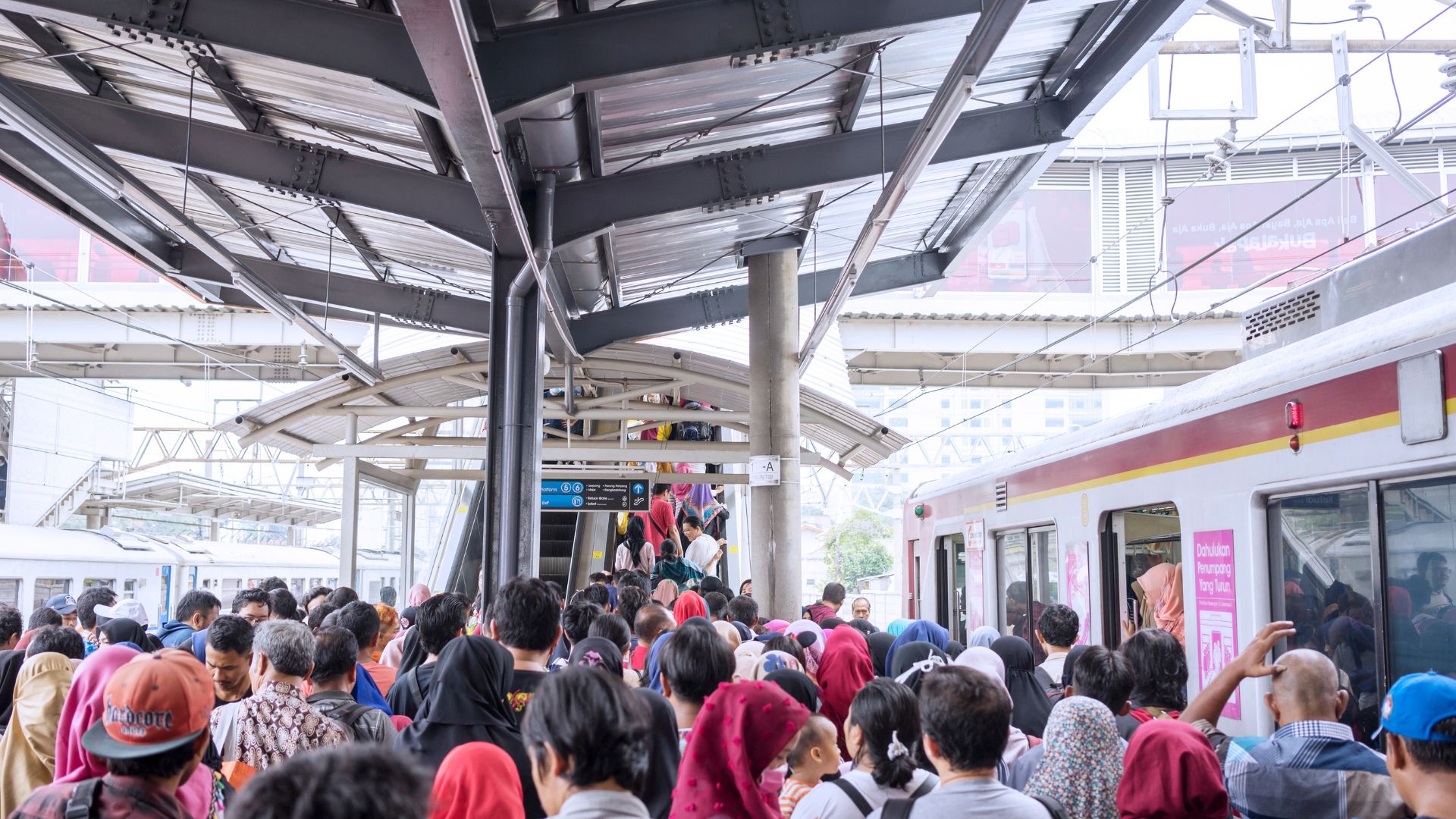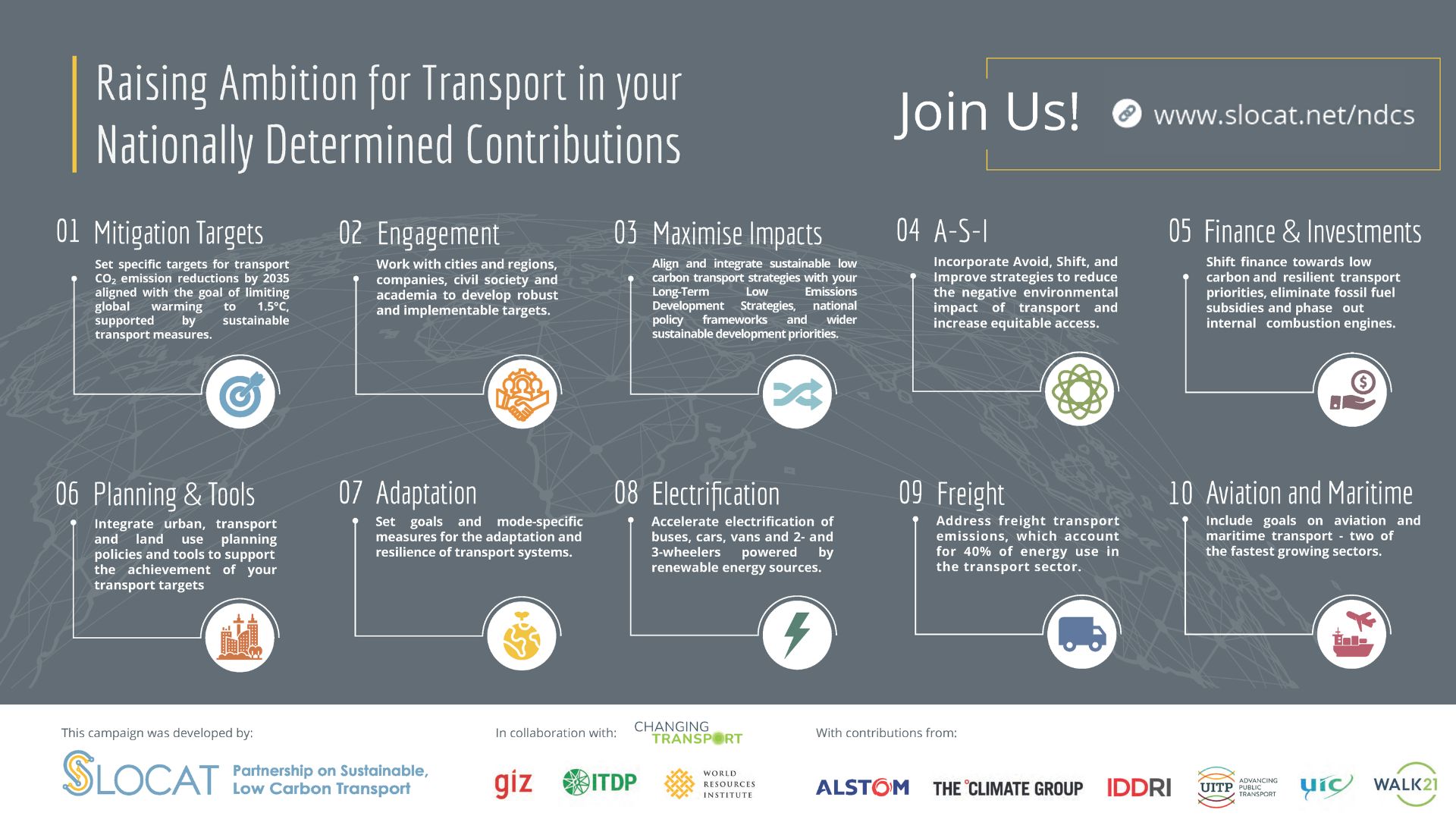NDCs Library
Get your NDC 3.0 ready!
Guidelines, tools and resources
to increase transport ambition in the next generation of NDCs
The global emissions of the transport sector are heading in the wrong direction, accounting for the fastest-growing source of emissions around the world. We must change this trend now and the Intergovernmental Panel on Climate Change underlines that a pathway for transport which contributes to maintaining global temperature rise below 1.5°C is possible. Transport enables prosperity and livelihoods. In 2021, the sector contributed 7% (USD 6.8 trillion) of the global gross domestic product and employed 5.6% of the world’s workforce (193 million people). Therefore in this era of climate emergency, it is as important as ever that countries set more ambitious, robust and actionable targets and roadmaps for the decarbonisation, the adaptation to climate change impacts and the resilience of transport and mobility systems – in a just transition.
IT IS NOW OR NEVER
Global greenhouse gas emissions need to peak before 2025, followed by rapid and deep emission reductions throughout 2050 in order to limit global warming to 1.5°C, as assessed by the IPCC. The transport sector accounted for 20.7% of global CO2 emissions in 2022. Achieving transport pathways that align with the 1.5°C target will require at least a 59% reduction in global transport CO2 emissions by 2050.
Thus, the NDC 3.0 needs to enhance action on sustainable, low carbon transport. The COP28 Global Stocktake Outcome encourages countries to accelerate the reduction of emissions from road transport on a range of pathways, including through development of infrastructure and rapid deployment of zero- and low-emission vehicles.
Historical emissions from 1950, projected emissions in 2030 based on nationally determined contributions, and emission reductions required by the Sixth Assessment Report of the Intergovernmental Panel on Climate Change
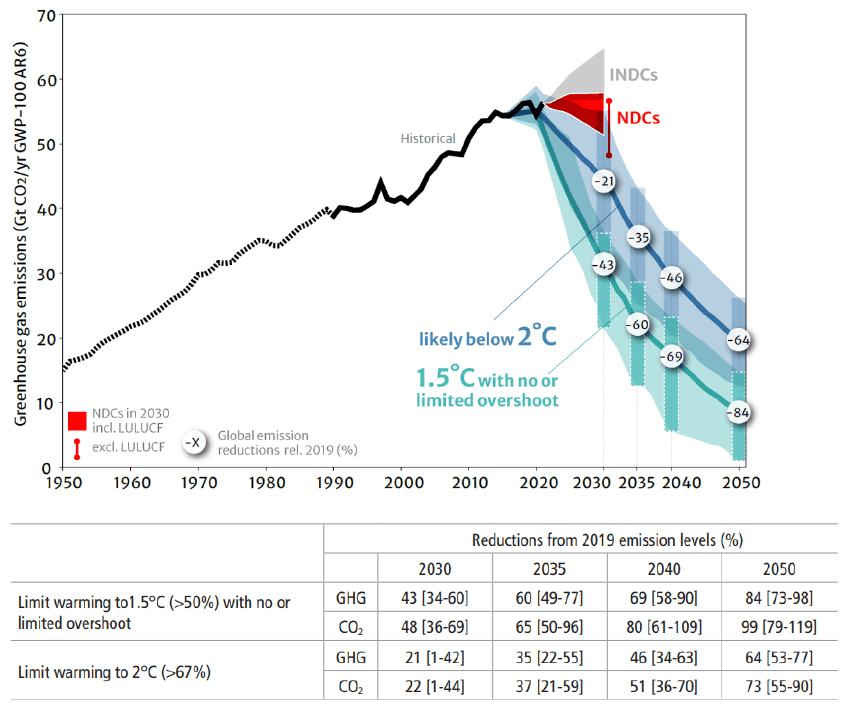
Sources: Upper panel: Historical data from the IPCC for 1950–1989 and from the 2022 NDC synthesis report for 1990–2020; 2030 projections from NDCs; and the reduction scenarios from the AR6 Synthesis Report (IPCC. 2023. Climate Change 2023: Synthesis Report. Contribution of Working Groups I, II and III to the Sixth Assessment Report of the Intergovernmental Panel on Climate Change. Core Writing Team, H Lee, and J Romero (eds.). Geneva: IPCC. Available at https://www.ipcc.ch/report/ar6/syr/). Lower panel: table SPM.5 in the AR6 Synthesis Report.
Abbreviation: LULUCF = land use, land-use change and forestry.
Partnership in action on NDC 3.0
Check out what the transport community is doing
NDC Transport Tracker is a database on ambition, targets and policies in NDCs and Long-Term Strategies.
The GIZ-SLOCAT NDC Transport Tracker pays special attention to the level of ambition of the transport sector in the NDCs with the focus on target-setting, adaptation and resilience in transport and the scope of transport sub-sectors included.
Five Recommendations to Raise Ambition for Transport in NDCs
As we collectively work to update and raise ambition in the next generation of Nationally Determined Contributions (NDCs)—the commitments made by each country under the United Nations Framework Convention on Climate Change (UNFCCC) to reduce national emissions and adapt to climate change—we would like to share a set of key recommendations. These build upon SLOCAT’s 2020 recommendations, exploring how countries can scale up transport ambition in their NDCs.

The next generation of NDCs,
with an implementation timeframe of 2035,
are due to be submitted in 2025 in advance of COP30.
Useful resources
to get ready for NDC 3.0
Resources
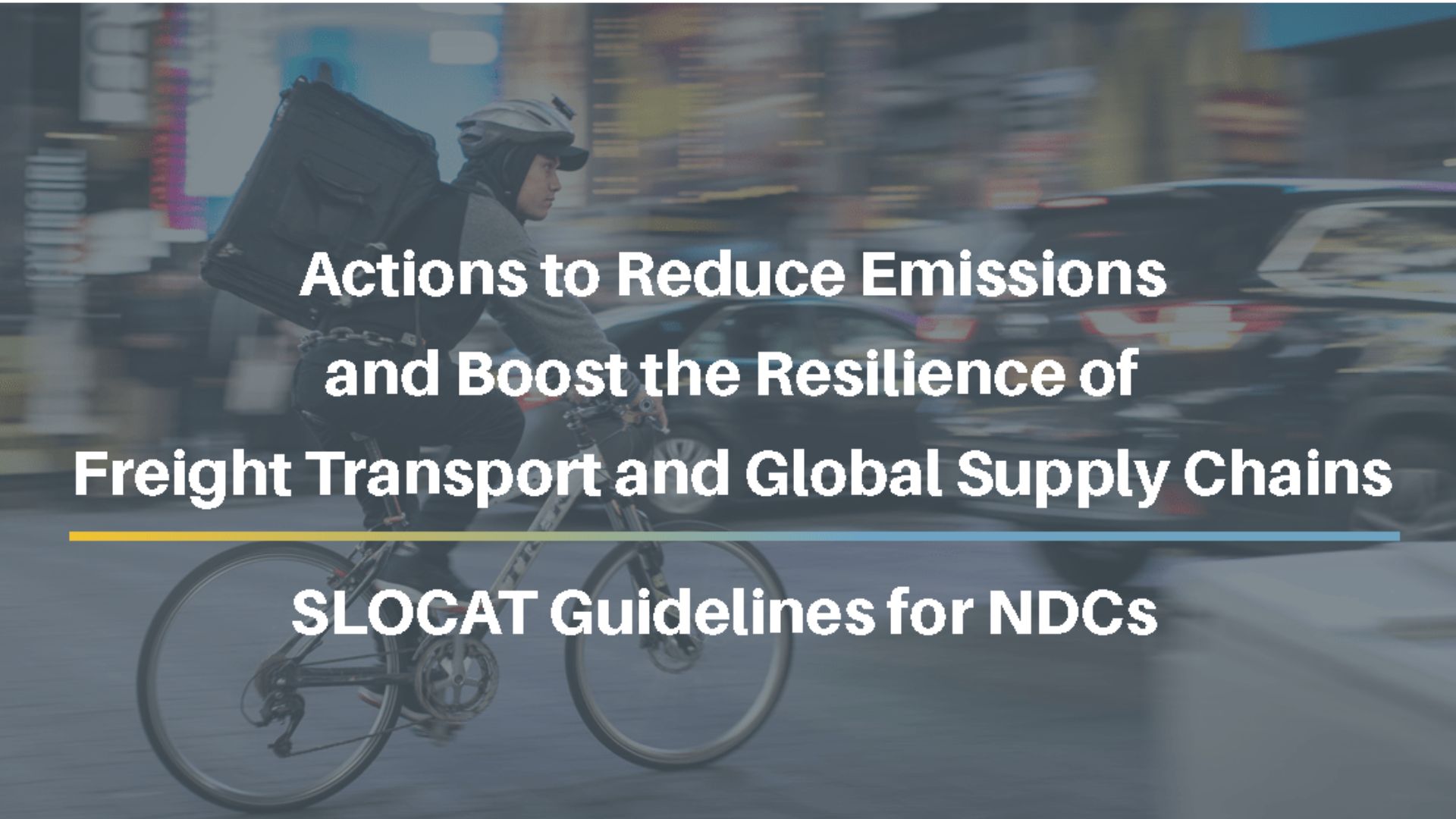
Actions to Reduce Emissions and Boost the Resilience of
Freight Transport and Global Supply Chains
SLOCAT
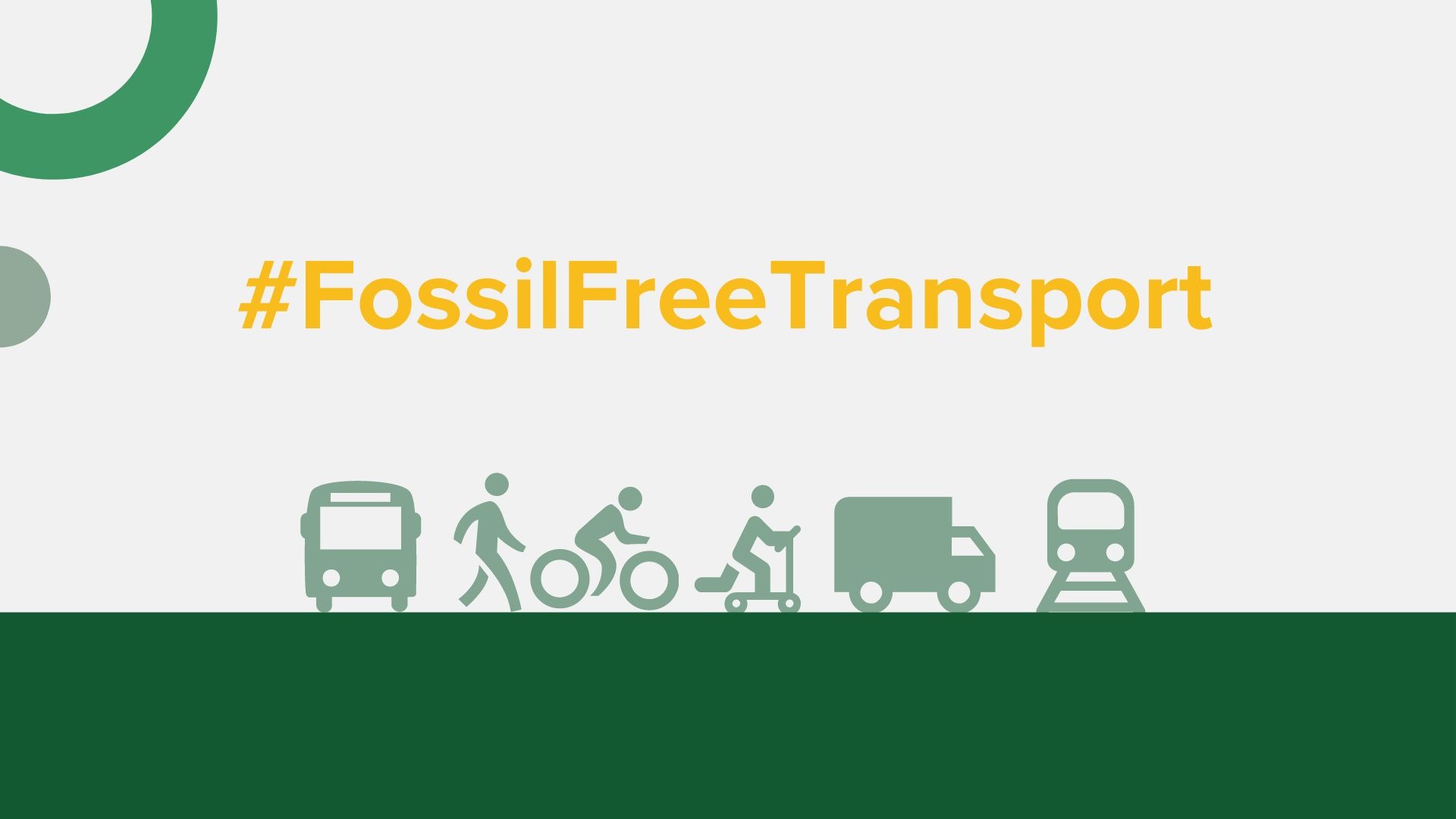
A call to double the share of energy efficient and fossil-free forms of land transport by 2030
SLOCAT, REN21,
IDDRI, ITDP, UIC, UITP, WRI
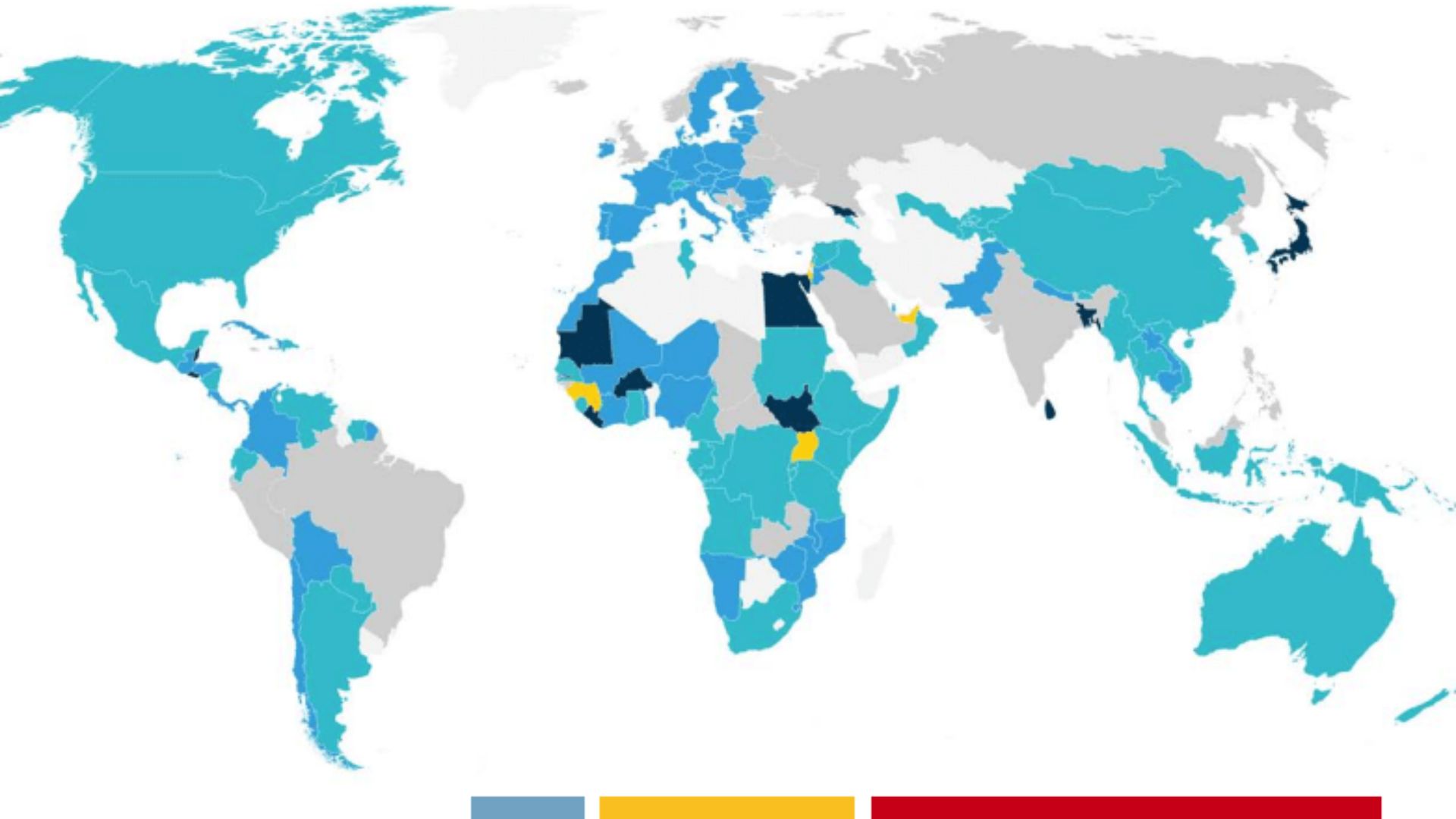
Climate Strategies for Transport: An Analysis of Nationally Determined Contributions and
Long-Term Strategies
SLOCAT
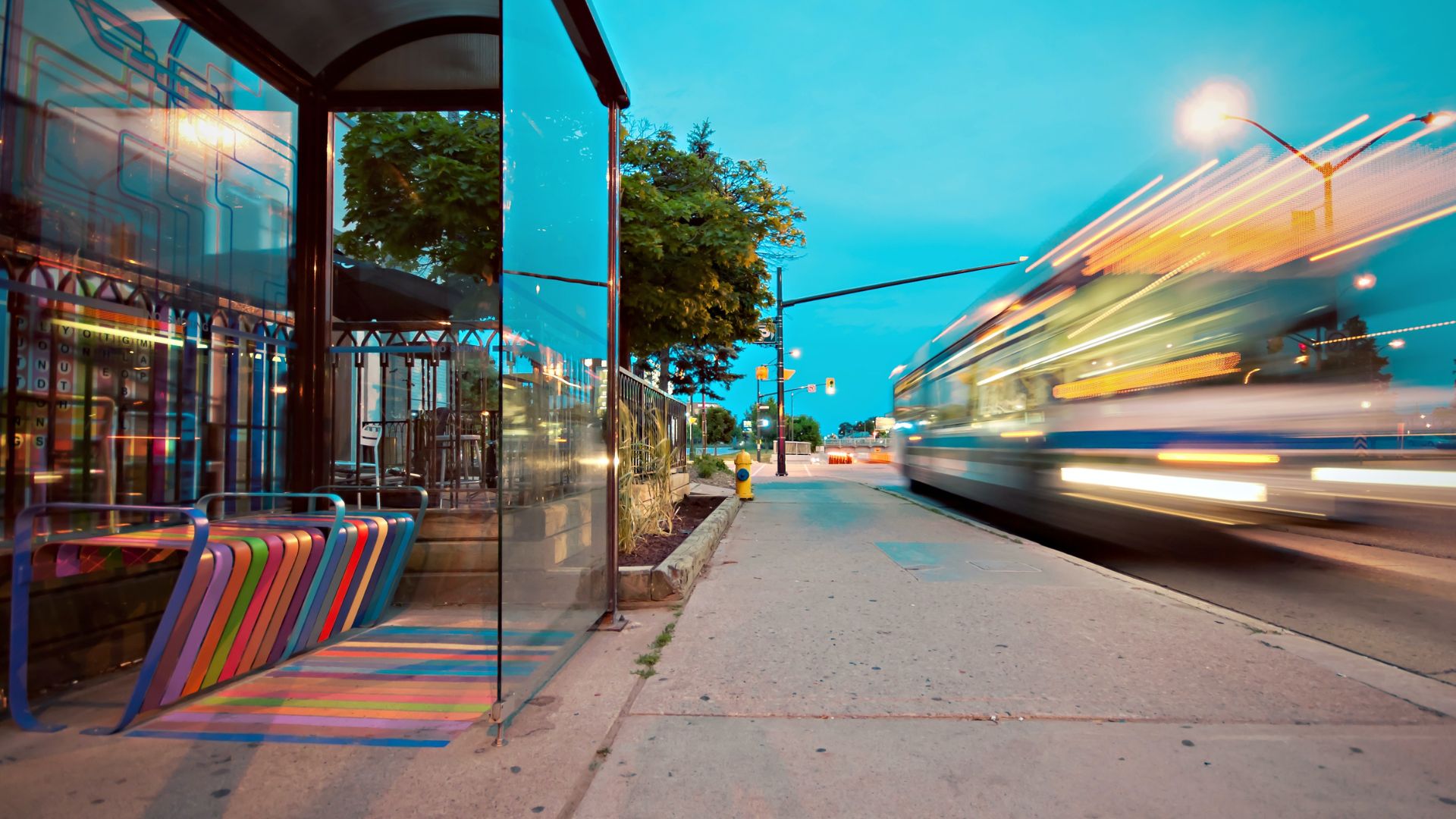
Enhancing Ambition and Transparency in the Next Round of NDCs - Good practice from the transport sector
Changing Transport
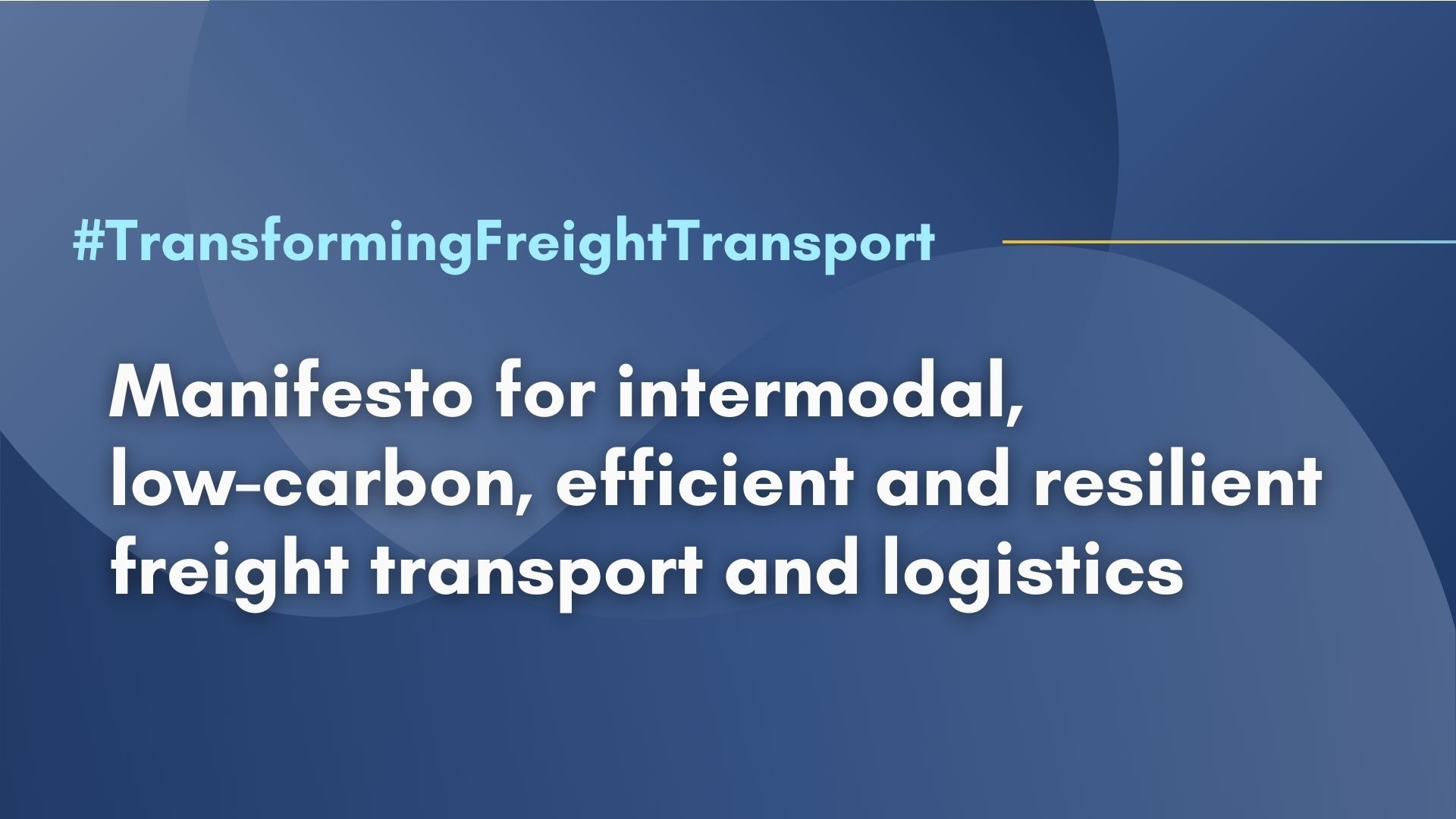
Freight and Logistics NDCs and LTS overview and
Compendium on financing and policy interventions
SLOCAT, Kühne Foundation

Local Action for Global Goals:
An Opportunity for
Enhancing Nationally Determined Contributions
UN-HABITAT
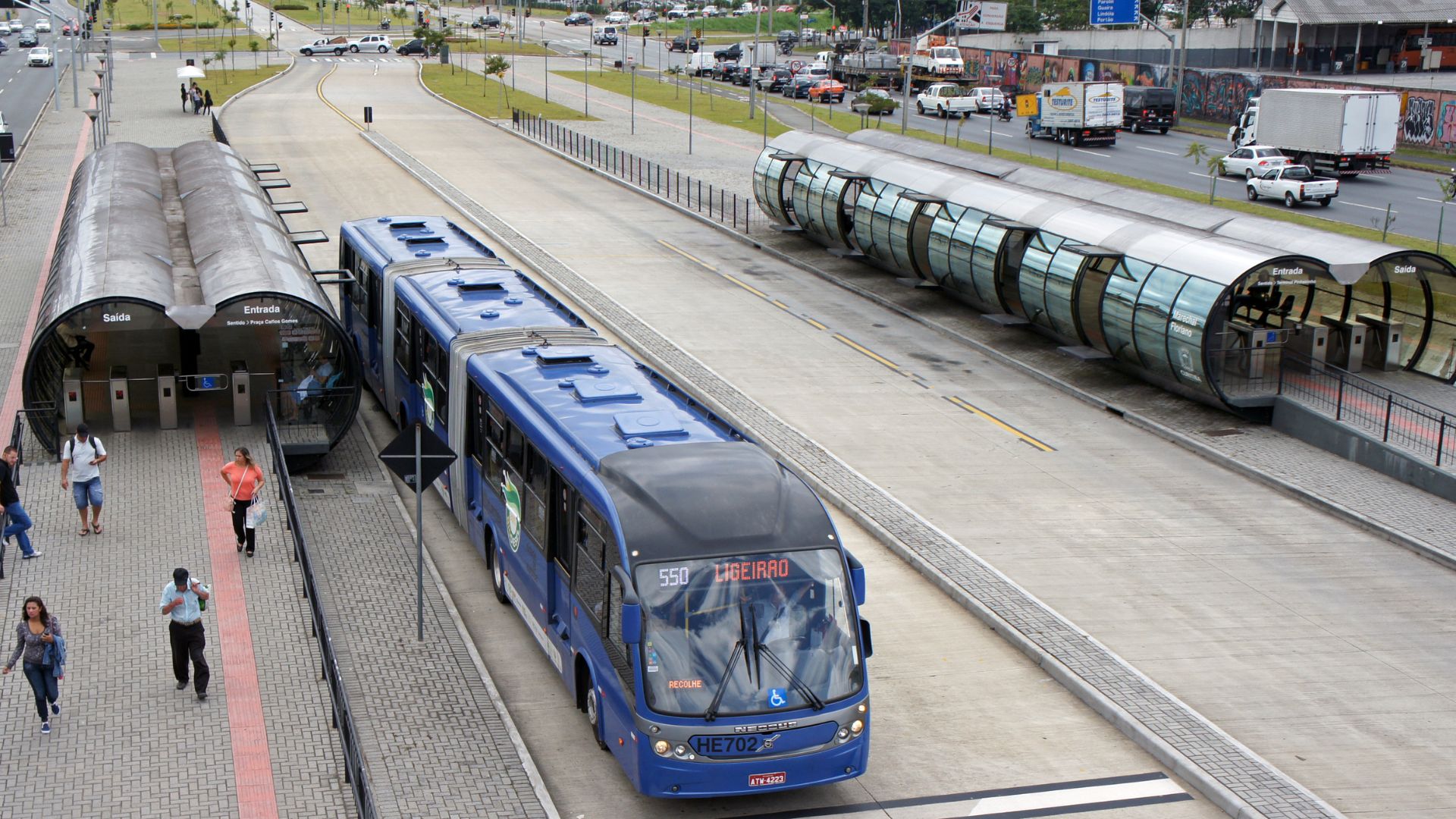
Political ambition and targets for 2025 NDCs
in Asia-Pacific and LAC
SLOCAT, GCAP & US Dept. of State

State of play of transport targets in nationally determined contributions and beyond in Asia and the Pacific
ESCAP, SLOCAT, Asian Development Bank and Asian Transport Outlook
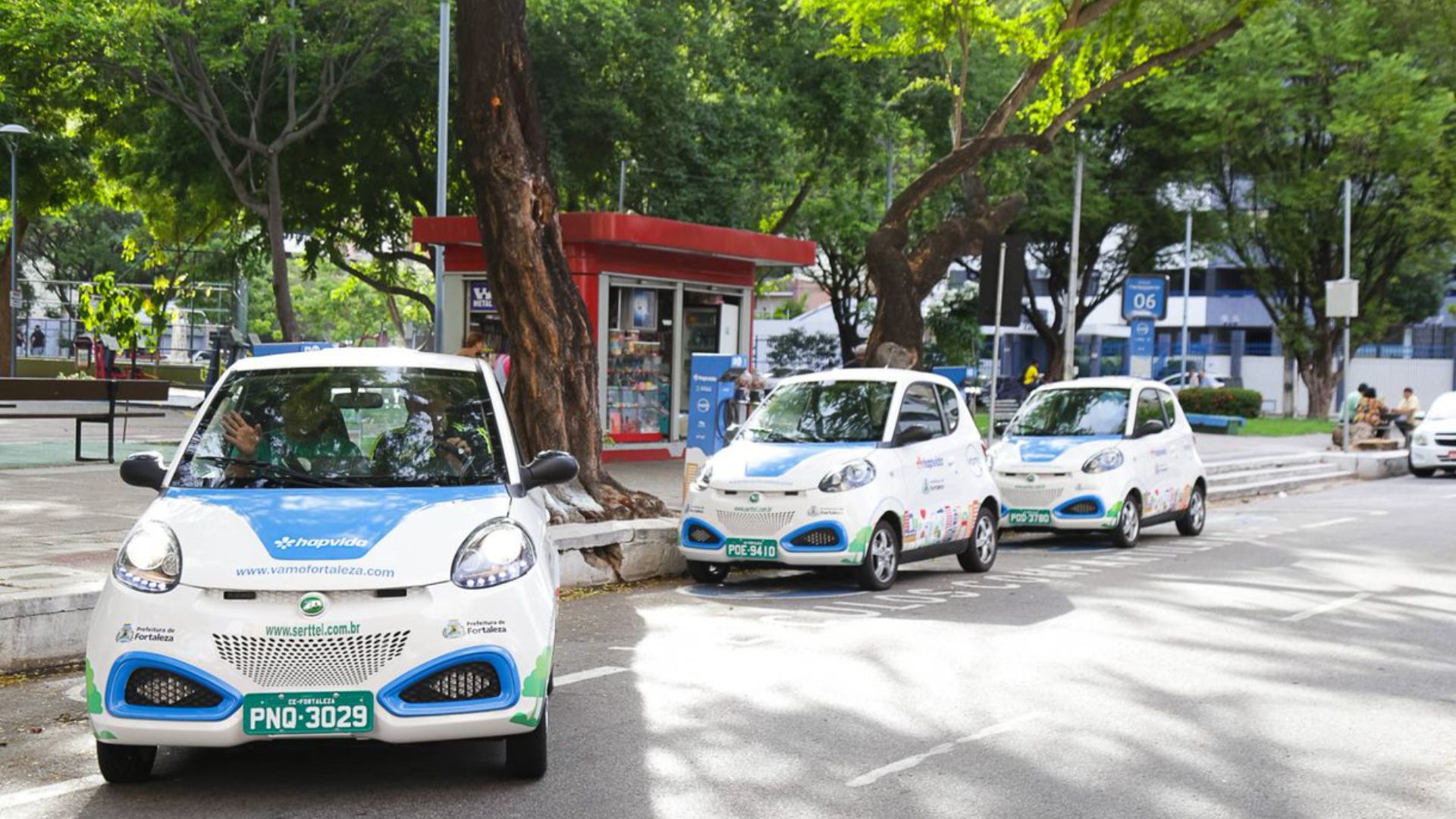
Transporte en las actualizaciones de las NDCs
y LTS de América Latina
y el Caribe
SLOCAT and EUROCLIMA
Useful resources to get ready for NDC 3.0
Modal Box Title

Actions to Reduce Emissions and Boost the Resilience of
Freight Transport and Global Supply Chains
SLOCAT

A call to double the share of energy efficient and fossil-free forms of land transport by 2030
SLOCAT, REN21,
IDDRI, ITDP, UIC, UITP, WRI

Climate Strategies for Transport: An Analysis of Nationally Determined Contributions and
Long-Term Strategies
SLOCAT

Enhancing Ambition and Transparency in the Next Round of NDCs - Good practice from the transport sector
Changing Transport

Freight and Logistics NDCs and LTS overview and
Compendium on financing and policy interventions
SLOCAT, Kühne Foundation

Local Action for Global Goals:
An Opportunity for
Enhancing Nationally Determined Contributions
UN-HABITAT

Political ambition and targets for 2025 NDCs
in Asia-Pacific and LAC
SLOCAT, GCAP & US Dept. of State

State of play of transport targets in nationally determined contributions and beyond in Asia and the Pacific
ESCAP, SLOCAT, Asian Development Bank and Asian Transport Outlook

Transporte en las actualizaciones de las NDCs
y LTS de América Latina
y el Caribe
SLOCAT and EUROCLIMA

